Restoration
Anterior Cruciate Ligament (ACL)
The anterior cruciate ligament (ACL) is a band of dense connective tissue which courses from the femur to the tibia. The ACL is a key structure in the knee joint, as it resists anterior tibial translation and rotational loads.
The ACL provides approximately 85% of total restraining force of anterior translation. It also prevents excessive tibial medial and lateral rotation, as well as varus and valgus stresses. the ACL checks extension and hyperextension.
While the anteromedial bundle is the primary restraint against anterior tibial translation, the posterolateral bundle tends to stabilize the knee near full extension, particularly against rotatory loads.
Grades of injury
An ACL injury is classified as grade I, II or III sprain. Grade I sprain means that the fibres of the ligament are stretched but there is no tear and that the knee does not feel unstable during activity. Grade II sprain means that the fibres are partially torn and that the knee feels unstable during activity. Grade III sprain means that the ligament itself is torn completely into two parts and that it cannot control knee movements at all.
Mechanisms of injury
- Direct contact
- Indirect contact
- Non-contact: by doing a wrong movement
Therapy – Reconstruction
Non operative treatment
- Kinesiotherapy
- Electrotherapy (Stimulation-Biofeedback)
- Diamagnetic pump
- Knee muscles strengthening
- Hip and ankle muscles strengthening
- Balance exercises
- Cryotherapy
Operative treatment
- Percentage of successful outcome: 85-90%
- Percentage of failure: 10-15%
- here is not yet a stable technique
Types of Grafts
- Autograft: from the patient’s own body and include portions of the extensor mechanism, patellar tendon and hamstrings
- Allograft: from cadavers
- Xenografts: from animals
- Synthetic: classified into 3 categories, biogradable, permanent prostheses and ligament augmentation devices
Graft vascularization ACL
- Graft necrosis during 6-10 week
- Graft vascularization from 20+ week
- Collagen restoration in 12 months
Graft strength
- 50% strength loss in the first 3 months
- Graft restoration in 12 months
Prevention
- Improvement of jumping technique
- Improvement of core stabilization
- Improvement of hamstrings’ time contraction

